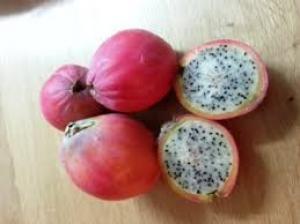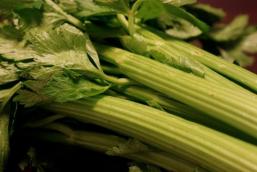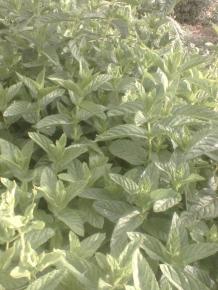When has it become the middle of winter?
A few weeks ago I wrote some hesitant blogs about autumn, about the temperatures that are dropping, and that the rain is just around the corner.
And here, between drizzle and beautiful shower, winter had snuck and is now at its peak. How do we know?
There are three signs of winter: First, Chanukah is over; Second, the next holiday is TuB'Shvat, and we spot a few impatient almond trees who carry tender buds on the tips of their naked, black branches; and third – tomorrow is the winter solstice day.
This basically means, unarguably, that the hemisphere we are in is at its maximum tilt from the sun, and from now on the days will start to lengthen and the nights to shorten, accordingly.
Because of the ratio between the hours of light and the hours of darkness, this is also the coldest time of the year, and the fact that the coldest days are yet to come, is due to the earth's heat capacity.
I mean, supposedly, if we are at the peak of winter, we should expect the temperatures outside to be at their lowest, accordingly – but we all know that the months of January and February are cold as well.
Except that the earth, like a large body of water, has absorbed a decent dose of heat during the summer days, and is taking it’s time to cool down, as a result of the cold temperatures outside, in our hemisphere.
In the southern hemisphere, of course, the exact opposite is happening. They too are celebrating the solstice, but for them it is the peak of summer and the longest day of the year from which the days will begin to shorten. The next turning point, solstice, will occur on June 21, when we will have the longest day of the year (and although supposedlywe can be relieved that half of the summer has passed, the “tough” part of July-August will still be ahead of us).
The difference in temperatures and in duration of light and darkness are least noticeable in areas near the equator. The difference between winter and summer increases as you move away from the equator.
The equatorial tropical climate near the equator does not change drastically throughout the year, compared to areas closer to the poles where it becomes dark for consecutive days during the winter.
This is because the angle of these areas towards the sun is not very different, relative to the areas that are at the “edges” of earth. The cooler sunny days during the winter have a scientific explanation: during the winter the sun is lower in the sky, closer to the horizon, so that the angle of the sun rays is less vertical to the ground.
As a result, the intensity of the sunlight is spread over a larger area of land, making it less hot.
The high of winter and the days around the winter solstice are characterized by people longing for some light and lots of warmth.
In the winter days we naturally tend to lower the level of activity, we come indoors, converge,snuggle, cuddle. We look for ways to store as much heat as possible and waste as little as possible.
So, if you feel like curling up under a blanket, adding another sufganiya to desert and you don’t really feel like going out for a run in the puddles, this is typical of winter. Another feeling that comes with winter is melancholy and light depression.
In very cold countries, these people are estimated to be about 10% of the population. Because the winter in our country does not meet the Nordic standards (nor does it meet the European standards) the percentage of population in Israel is considered to be smaller – about 1%. Another winterytendency is to consume high-calorie foods (and high-fat as well!), which will provide the body with layers of insulation and store long-term energy.
Therefore, if you feel those Sufganiyot calling you – that's just what happens in the winter.
Yours.
The Garden’s team
Forecast:
In the ORGANIC vegetable baskets we expect (draft only):
Cucumber
Tomatoes
Lettuce
Potato
Beet
Fennel
Swiss Chard
Parsley
The Large organic vegetable baskets also include:
Spinach
Sweet potatoe
Coriander
In the ORGANIC fruit baskets (NEW – Increased variety, price – 70 Shekels)
Oranges
Grapefruit
Banana
Clementine
Pomelo
The large ORGANIC fruit baskets also include: ( NEW – Increased variety, price -100 Shekels)
Lemon
Papaya
Red grapefruit
The ORGANIC Green Basket:
Swiis Chard
A kind of lettuce
Kale
Dill
Green onion
Sprouts
Spinach
NEW – The ORGANIC Basket for couples (price – 150 shekels):
Cucumber
Tomato
Lettuce
Potato
Eggplant
Pepper
Onion
Parsley
Swiss Chard
Beet
Sweet potatoe
Coriander
Beet
Oranges
Lemon
Sweetie










